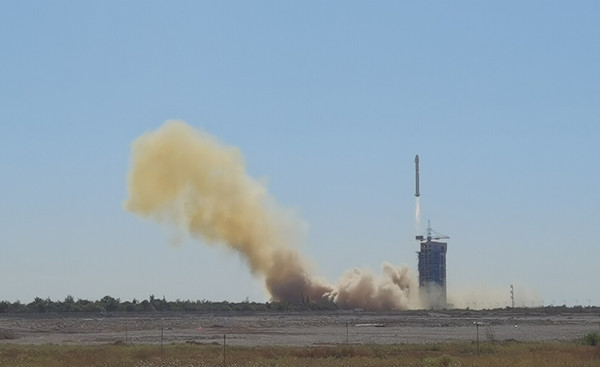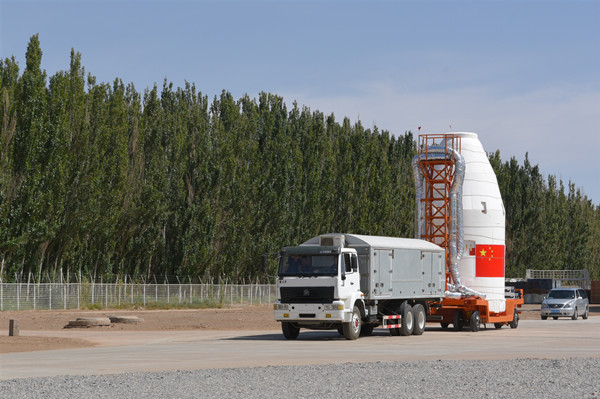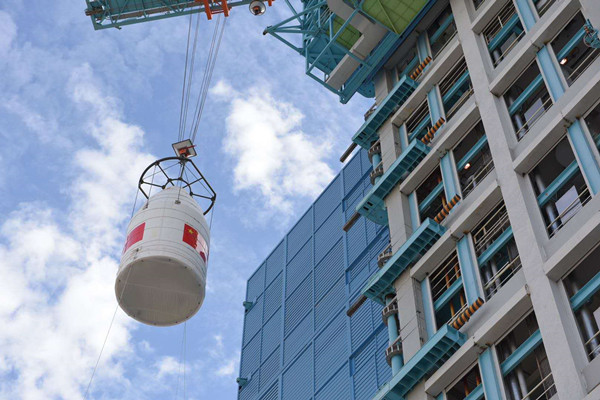Long March-2D Succeeds in Sending 3 Satellites with Single Carrier Rocket
The Gaofen-9 05, the Tiantuo 5 and a multifunctional test satellite were sent into space by a Long March-2D carrier rocket from the Jiuquan Satellite Launch Center in Northwest China on Aug 23.
The event was the last of the launch missions for the Long March-2D carrier rocket this year.
Developed by the Shanghai Academy of Spaceflight Technology, a subsidiary of China Aerospace Science and Technology Corporation (CASC), the Long March-2D is a two-stage normal temperature liquid launch vehicle and can launch one single satellite or several satellites at one time.
In addition to high reliability, the Long March-2D is highly adaptable and can be launched from the Jiuquan, Xichang and Taiyuan satellite launch centers.
Next year, the carrier rocket is to be equipped with an image measurement system, which will make it easier to observe its flight.
In terms of the payload, the Gaofen-9 05 satellite, developed by China Academy of Space Technology, will be mainly used in land surveys, city planning, land rights confirmation, road network design, crop yield estimation and disaster prevention and mitigation.
The Tiantuo 5 and the experimental test satellite are to verify emerging technologies in communications, navigation and remote sensing as well as information collection technologies for ships, aircraft, buoys and the internet of things.
The launch on Aug 23 was the 343rd flight mission of the Long March carrier rocket series.

The Long March-2D carrier rocket, carrying the Gaofen-9 05, the Tiantuo 5 satellite and the multifunctional test satellite, is launched from the Jiuquan Satellite Launch Center in Northwest China on Aug 23. [Photo/sasac.gov.cn]

The fairing of the carrier rocket, with satellites aboard, is transported to the satellite launch center. [Photo/sasac.gov.cn]

The fairing of the carrier rocket is hoisted onto the launch platform. [Photo/sasac.gov.cn]
(Executive editor: Wang Ruoting)



